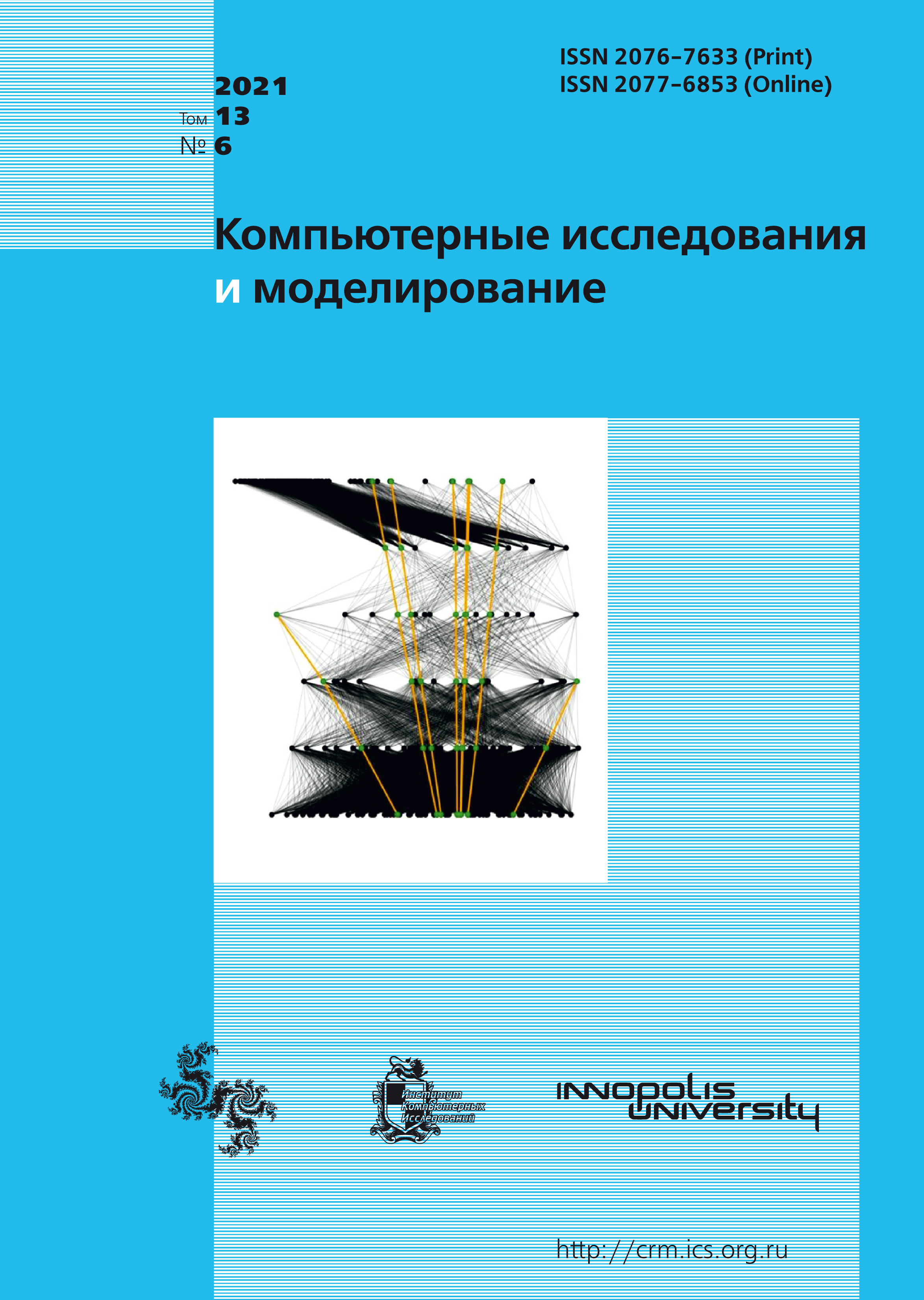All issues
- 2024 Vol. 16
- Issue 1 (special issue)
- 2023 Vol. 15
- 2022 Vol. 14
- 2021 Vol. 13
- 2020 Vol. 12
- 2019 Vol. 11
- 2018 Vol. 10
- 2017 Vol. 9
- 2016 Vol. 8
- 2015 Vol. 7
- 2014 Vol. 6
- 2013 Vol. 5
- 2012 Vol. 4
- 2011 Vol. 3
- 2010 Vol. 2
- 2009 Vol. 1
Migration processes modelling: methods and tools (overview)
 pdf (466K)
pdf (466K)
Migration has a significant impact on the shaping of the demographic structure of the territories population, the state of regional and local labour markets. As a rule, rapid change in the working-age population of any territory due to migration processes results in an imbalance in supply and demand on labour markets and a change in the demographic structure of the population. Migration is also to a large extent a reflection of socio-economic processes taking place in the society. Hence, the issues related to the study of migration factors, the direction, intensity and structure of migration flows, and the prediction of their magnitude are becoming topical issues these days.
Mathematical tools are often used to analyze, predict migration processes and assess their consequences, allowing for essentially accurate modelling of migration processes for different territories on the basis of the available statistical data. In recent years, quite a number of scientific papers on modelling internal and external migration flows using mathematical methods have appeared both in Russia and in foreign countries in recent years. Consequently, there has been a need to systematize the currently most commonly used methods and tools applied in migration modelling to form a coherent picture of the main trends and research directions in this field.
The presented review considers the main approaches to migration modelling and the main components of migration modelling methodology, i. e. stages, methods, models and model classification. Their comparative analysis was also conducted and general recommendations on the choice of mathematical tools for modelling were developed. The review contains two sections: migration modelling methods and migration models. The first section describes the main methods used in the model development process — econometric, cellular automata, system-dynamic, probabilistic, balance, optimization and cluster analysis. Based on the analysis of modern domestic and foreign publications on migration, the most common classes of models — regression, agent-based, simulation, optimization, probabilistic, balance, dynamic and combined — were identified and described. The features, advantages and disadvantages of different types of migration process models were considered.
Indexed in Scopus
Full-text version of the journal is also available on the web site of the scientific electronic library eLIBRARY.RU
The journal is included in the Russian Science Citation Index
The journal is included in the RSCI
International Interdisciplinary Conference "Mathematics. Computing. Education"






